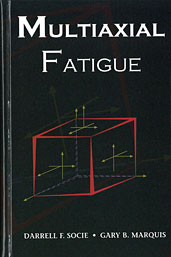Technical Paper
A Review Study of Methods for Lithium-ion Battery Health Monitoring and Remaining Life Estimation in Hybrid Electric Vehicles
2012-04-16
2012-01-0125
Due to the high power and energy density and also relative safety, lithium ion batteries are receiving increasing acceptability in industrial applications especially in transportation systems with electric traction such as electric vehicles and hybrid electric vehicles. In this regard, to ensure performance reliability, accurate modeling of calendar life of such batteries is a necessity. In fact, potential failure of Li-ion battery packs remains a barrier to commercialization. Battery pack life is a critical feature to warranty and maintenance planning for hybrid vehicles, and will require adaptive control systems to account for the loss in vehicle range, and loss in battery charge and discharge efficiency. Failure not only results in large replacement costs, but also potential safety concerns such as overheating or short circuiting which may lead to fires.

